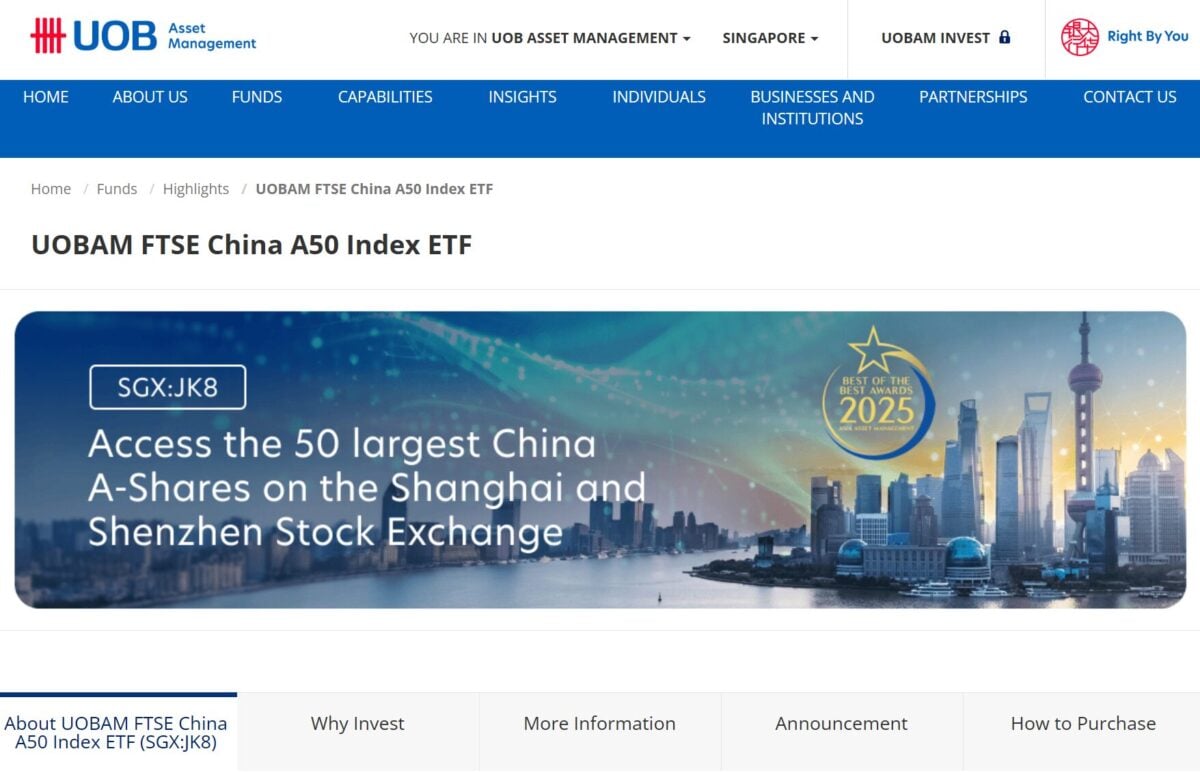
Despite uncertainties in 2024, the US markets rallied to new highs.
As Donald Trump starts his second stint in the Oval Office in 2025, many geopolitical and economic issues persist, including Trump’s promise to introduce more trade tariffs.
As we’ve seen in in past years, these uncertainties should not stop you from investing or being afraid of getting started.
For those who want to invest but don’t know how to get started, dollar-cost averaging (DCA) is one fuss-free way to get the ball rolling. This can be done using regular savings plans.
Read Also: How To Start Investing As A Young Investor, Tertiary Student Or NSF
What Is Dollar-Cost Averaging (DCA)?
Beginner investors probably have heard of the term “dollar-cost averaging”. The basic idea of dollar-cost averaging is that you set aside a fixed amount of money every month for investing, regardless of price fluctuations in the markets.
This method eliminates the need and expertise for investors to time the market. Over the long run, those who practice DCA are generally able to average out the market highs and lows; you buy more when prices are low and you buy less when prices are high.
Case in point: Even if you had invested at the beginning of 2020, just prior to the stock market crash, dollar-cost averaging would still have brought you positive returns even in one of the worst-performing markets. We run through the figures in DCA Or Lump Sum? How Much Would You Have Made Or Lost In The Stock Market If You Started Investing In 2022.
Read Also: What Are The Pros And Cons Of Investing Using A Regular Savings Plan (RSP)?
What Is A Regular Savings Plan (RSP)?
One easy way to start dollar-cost averaging is to sign up for a regular savings plan. RSPs allow investors to automate investing a fixed sum of money into a financial product on a regular basis (usually on a monthly basis). This fixed sum often has a low minimum (usually $100), which makes it more accessible for new investors or those with smaller funds to invest.
One caveat is that you need to ensure that you have sufficient funds in your account because RSPs are meant to be automated. This means you risk forgetting that there are monthly transactions from your account to purchase units for investments.
Read Also: How A 30-Year Old Saving $100 A Week Can Retire With $648,000 By 65
You Can Invest In A Variety Of Investment Products Using Regular Savings Plan
While most advocates of dollar-cost averaging suggest investing in index funds, you can actually invest in a wide variety of investment products using Regular Savings Plans.
You can invest in individual company stocks, exchange-traded funds (ETFs) and unit trust using regular savings plans on the different investment platforms.
For example, using RSP, you can invest in the SPDR STI ETF and Nikko AM Singapore STI ETF, which tracks the performance of the Straits Times Index. With this single investment, you would have invested into the 30 largest companies listed on the Singapore Exchange (SGX), including blue-chip companies such as DBS, OCBC, UOB, Singtel, Sembcorp Industries and Ascendas REIT.
Read Also: How To Start Investing With Just $100 A Month In Singapore
Banks VS Brokerage VS Robo-Advisors: Which Regular Savings Plan Should You Use?
There are many investment platforms that offer regular savings plans (also known as regular shares savings). These include banks, brokerages and robo-advisors. Some platforms only offer a limited range of stocks and ETFs under their RSPs, while some include unit trusts in their RSP offerings.
For a more comprehensive dive into the various platforms, you can find out more in Investment Platforms Singaporeans Can Use To Invest A Fixed Monthly Sum. The choice of which RSP to use will depend on the investment products you want to invest in, your preferred platform functionality, as well as the minimum sums you want to invest and the fees charged by the various platforms.
Banks
For beginners who want the most fuss-free and easy to set up option, using a RSP provided by one of the major banks in Singapore is a convenient option to start with. DBS, OCBC and UOB allow existing account holders to easily start a RSP. DBS has its POSB/DBS Invest Saver, OCBC has its OCBC Blue Chip Investment Plan and UOB has its Regular Investment Savings Plan.
Brokerages
Brokerages tend to offer more investments options than the built-in RSP offered as part of online banking.
For example, Phillip Recurring Plan has the full range of counters on SGX, US and Hong Kong markets available for RSP (at prevailing brokerage fees), while its Share Builders Plan offers over 50 counters for RSP (at a reduced cost) and its Unit Trust Regulars Savings Plan offers over 500 unit trusts. FSMOne’s RSP offers more than 40 ETFs listed on SGX, Hong Kong and US markets as well as over 1,200 unit trusts. Tiger Brokers’ Fund Mall also offers an RSP option for those who prefer to trade via mobile apps.
Robo-Advisors
Robo-advisors are platforms that help users invest by tapping on algorithms to manage and allocate the assets in their portfolio.
Each Robo-advisor uses a different methodology to determine an optimal investment allocation. For example, Endowus uses an evidence-based approach to investing, while Syfe takes a Smart Beta factor investing approach and StashAway uses its proprietary Economic Regime-based Asset Allocation (ERAA) framework). Each of these approaches have their merits and your choice will depend on which Robo-advisor aligns the best with your needs and preferences.
Read Also: Robo Advisors In Singapore: What You Need To Know Before Investing
Regular Savings Plan is a useful way to start investing and they can complement many seasoned investors’ portfolios. That said, it is possible to dollar-cost average without the use of RSPs and even implements your own version of RSP using low-cost brokerages.
The main draw of RSPs is their ease of use, their low minimum sums and the fact that you do not need to monitor the investments (which would reduce the chances of FOMO or impulsive investing decisions). So start investing today, even if it is just $100 a month.
The post Guide To Regular Savings Plans in Singapore (And How You Can Start Investing With $100 A Month) appeared first on DollarsAndSense.sg.











